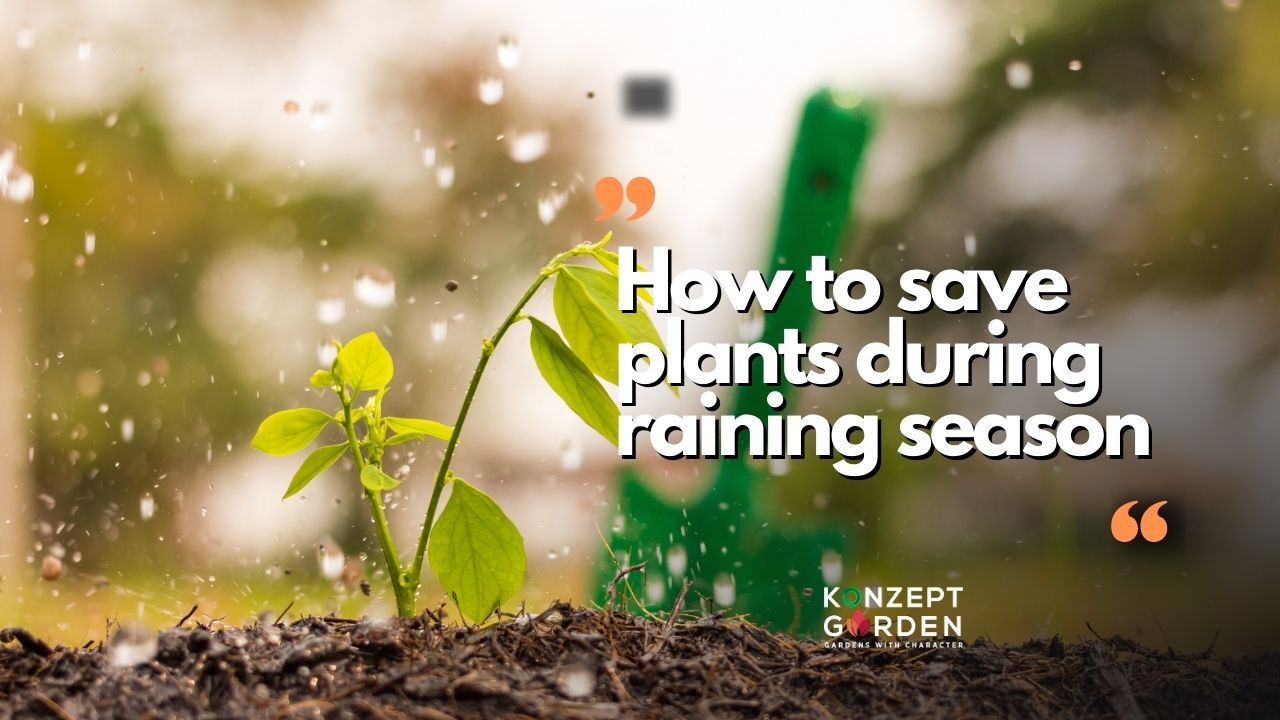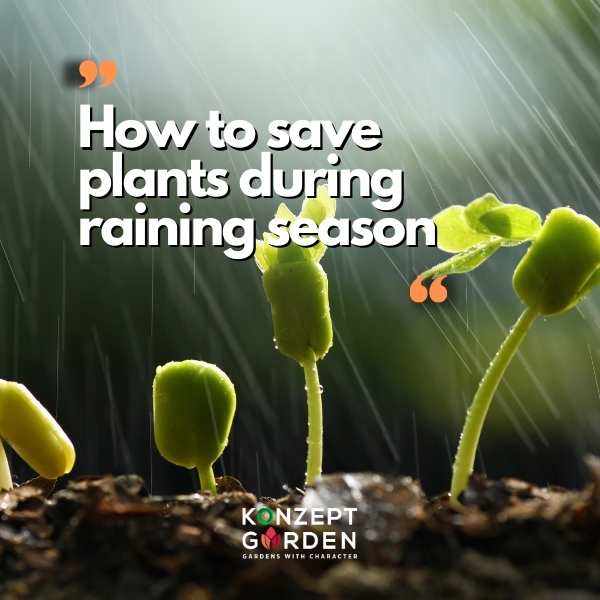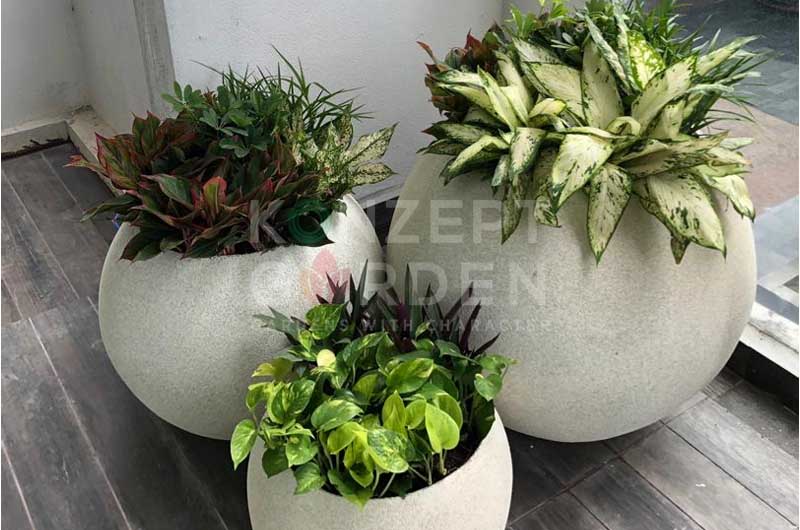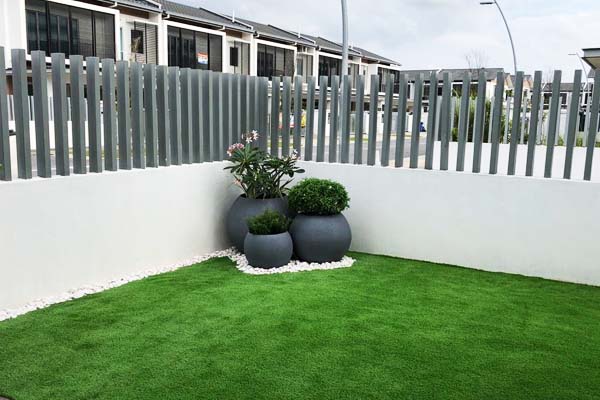
For gardeners, the rains can be both a blessing and a curse.
On one hand, they bring much-needed moisture to parched soil and plants.
But on the other hand, they can also wreak havoc on delicate flowers and leaves, washing away nutrients and leaving behind fungal diseases. So what's a gardener to do? Here are some tips on how to save your plants during the rainy season.
Bring your potted plants inside when it rains
Nothing will bring a smile to any nature-lover like seeing their potted plants thrive and bloom. However, with rain comes damage for those plants, so it's important to remember to move them inside when it's showering outside.
If rains continue for extended periods, you should bring your pots in from the outdoors on an almost permanent basis — even when it seems that the sun is out.
When we're proud of our green thumbs and our gardens' bountiful harvests, we owe it to ourselves to keep our little plant buddies safe from any damage that could be avoided by some preemptive effort.
Bringing in your pots during rainfall is one simple way to do just that — not only preserving their beauty but also maintaining our sense of pride in gardening!
Put them in a spot where they'll get indirect sunlight during raining season
In the rain-filled months of the year, it can be difficult to find adequate sunlight for your plants. A good solution is to place them in an area where they will receive indirect sunlight throughout the day.
This allows them to take in enough light without the intense heat of direct sunlight during the hours of rain. Although your plants won't experience peak growth as during warmer months, this method ensures your greenery stays healthy and thriving despite the wet weather conditions.
Water them less often, during raining season as the rain will provide natural hydration
During the rainy seasons, it's important to remember that Mother Nature will provide plenty of hydration to your plants. You don't need to water them as often as you would during the summer months, so save yourself some time and let nature take its course!
Little known fact: rainwater is actually better for many plants than tap water due to its higher mineral content. That extra boost of nutrients helps your precious greenery thrive and look healthy all season long.
So when life gives you rain showers, use them to reduce the amount of time spent watering your garden.
Check the drainage of your pots – make sure they're not sitting in water
It's important to check the drainage of your pots every so often. Having poor pot drainage can quickly lead to root rot and plant death, not to mention a smelly mess.
When it comes time to water them, make sure they're not sitting in any excess water that hasn't been absorbed by the soil. After watering, tilt the pot gently once or twice and if water is coming out of the holes in the bottom then you know your pot has good drainage – otherwise, you'll need to look for a new one that does!
Buy a Planter Box that comes with holes that have been drilled.
Do you need fertilizer for plants during the rainy season?
As rain is all around us, the question of whether plants need fertilizer during this season is something people often find themselves pondering.
The truth is, it usually depends on the type of plant you’re growing and the climate that you live in. If you’re planting crops, then fertilizer can be beneficial for helping to increase the abundance and nutrition of the fruits and vegetables you’re growing.
On the other hand, if your plants are perennials or ornamental flowers, extra caution should be taken when applying fertilizer during the rainy season.
Is it a good idea to prune or trim plants during the rainy season?
Pruning or trimming plants during the rainy season can be tricky. The wet environment with its high humidity levels can cause new pruned cuts on plants to take an extended amount of time to heal and develop a protective layer.
Additionally, leaves will take longer to dry out in this type of climate, which can lead to effects like leaf spot or powdery mildew forming if not handled properly.
To ensure your plants stay healthy and safe, it's best to wait until after the rainy season has ended to begin pruning or trimming your plants.
Now that you know how to care for your plants during a rainstorm, there's no need to worry the next time a forecast calls for wet weather.
By following these simple tips, you can keep your plants healthy and happy even when it's raining outside. So don't wait – bring your plants inside before the next storm hits!
Sincerely,
Konzept Garden Team






 Login
Login


